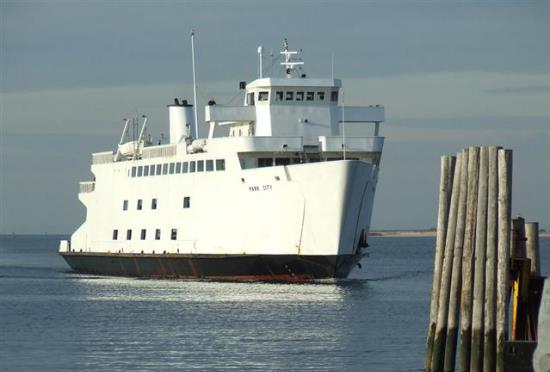
Recently, NYC Mayor DeBlasio announced a $325 million plan to reintroduce ferry boat service to the five boroughs charging the same fare as subways. The mayor says these boats could carry 4.5 million passengers a year.
So why don’t we have ferries in Connecticut? There are several reasons:
SPEED: In open water, fast ferries on the Sound could make 30 knots (35 mph). But if they must sail up inlets to the downtown areas of Bridgeport, Norwalk or Stamford, that speed is cut to 5 knots, extending travel time.
DOCKING: To keep to their competitive speeds, docks would have to be located close to the Sound. That’s expensive real estate. And what about parking at those docks… and drive-time on local roads to reach them? Again, more travel time.
FREQUENCY: Metro-North offers trains to midtown New York every 20 minutes in rush hour carrying 800 – 1000 passengers per train. No ferry service anywhere in the country can compete with that frequency of service. Will travelers really be willing to wait an hour or two for the next boat?
COMFORT: In nice weather, a boat ride to work sounds idyllic. But what about in a Nor’easter? The bumpiest ride on the train pales by comparison.
FARES: The most optimistic of would-be ferry operators in CT estimate their fares will be at least double those charged on the train. And people say Metro-North is too expensive?
OPERATING COSTS: Fast ferries are gas guzzlers, the aquatic equivalent to the Concorde. When the Pequot tribe built high-speed catamarans to ferry gamblers to their casino in Connecticut to lose money, the service proved so expensive to run that the Pequots dry-docked the ferries in New London.
ECONOMICS: The final reason I don’t think ferries make economic sense is that nobody else does either! Ferry operators (like the near-bankrupt NY Waterways) aren’t stupid. They’ve looked at possible service from coastal Connecticut, crunched the numbers and backed off. In a free market economy, if a buck could be made running ferries, they’d be operating by now. They aren’t operating, and there are lots of reasons why, many of which I’ve listed.
The only place ferries are run successfully is where they’re heavily subsidized (everywhere), have a monopoly (for example, getting to downtown Seattle from an island suburb), don’t duplicate existing transportation routes (like from Bridgeport to Port Jefferson), or offer advantages of speed because they operate on extremely short runs (from Hoboken to midtown). Our situation here in Connecticut passes none of those tests.
You already know I’m a train nut. (The bumper sticker on my car reads “I’d Rather Be on the Train.”) And I do love an occasional recreational sail on the Sound. But it’s unrealistic to think that commutation by ferries is in our future.

About the author: Jim Cameron is founder of The Commuter Action Group, and a member of the Darien RTM. The opinions expressed in this column are only his own. You can reach him at CommuterActionGroup@gmail.com
For a full collection of “Talking Transportation” columns, visit www.talkingtransportation.blogspot.com